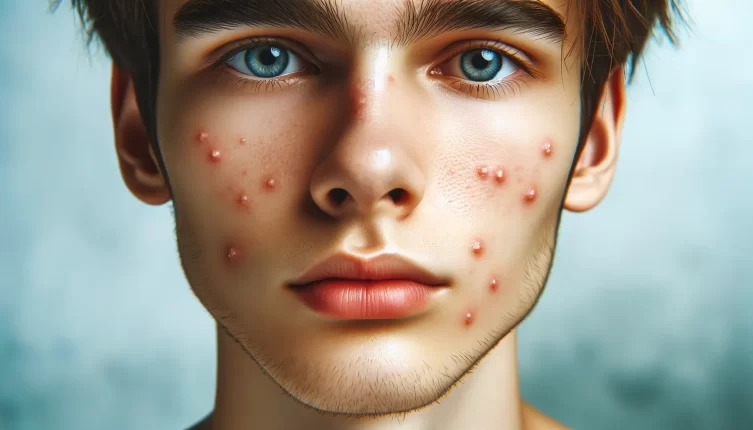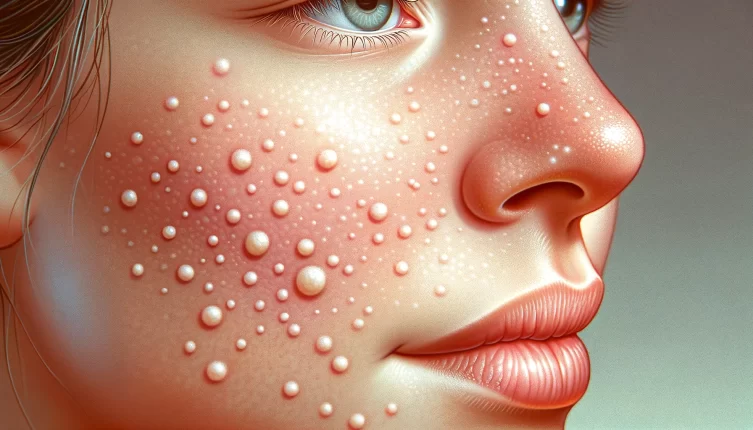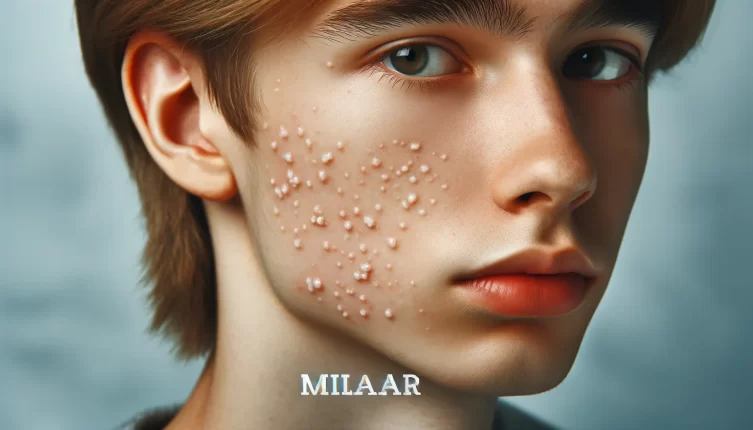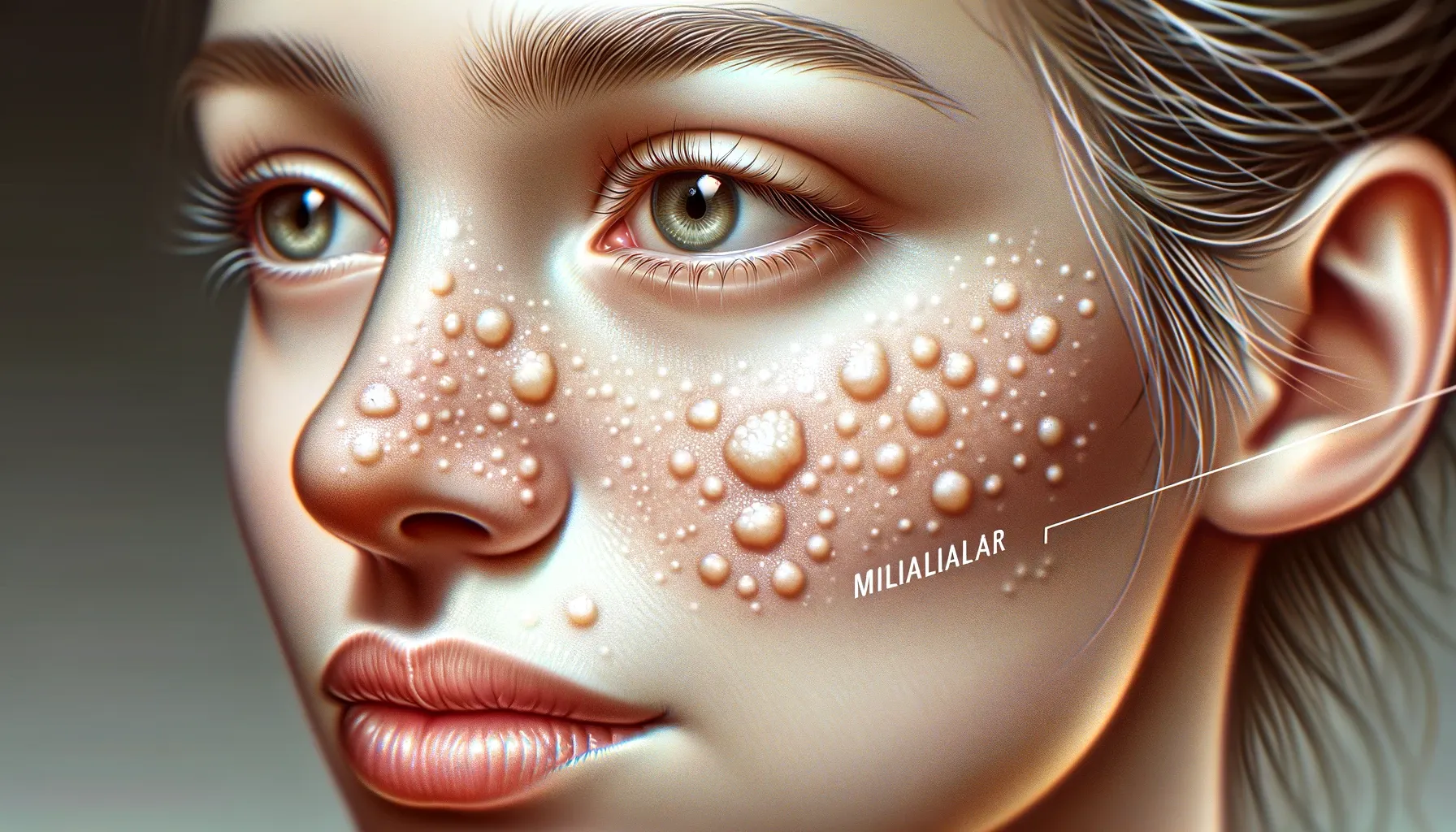Table of Contents
When it comes to understanding and addressing health issues, Milialar is a topic that demands attention. In this exhaustive manual, we shall explore the origins, manifestations, and efficacious remedies for Milialar. Our objective is to furnish you with a reservoir of knowledge that not only enlightens but distinguishes itself amid the extensive expanse of online information.
What is Milialar?
Miliaria or milium cysts are ubiquitous diminutive protrusions characterized by their alabaster or amber hue, frequently manifesting on the visage, notably in the vicinity of the ocular region. These arise from the agglomeration of keratin, a structural protein inherent in dermal cells. Although milium cysts are innocuous and lack the capacity to elicit pain or unease, they may be visually unappealing, compelling certain individuals to pursue their eradication.
Various treatment options exist for milia cysts, including extraction, cryotherapy, and laser ablation. Extraction stands out as the most frequently employed method, involving the removal of the cyst using a needle or lancet. Cryotherapy utilizes liquid nitrogen to freeze the cyst, while laser ablation entails the use of a laser to eliminate the cyst.

Unraveling the Causes
Genetics
One of the primary contributors to Milialar is genetics. Understanding your family history can provide crucial insights into your predisposition to this condition. Certain genetic factors can increase the likelihood of developing Milialar, making it essential to be aware of your familial health background.
Environmental Triggers
Beyond genetics, environmental triggers play a significant role in the onset of Milialar. Exposure to specific environmental elements, such as pollutants or allergens, can act as catalysts for the development of this condition. Identifying and minimizing exposure to these triggers is paramount in preventing and managing Milialar.
Recognizing the Symptoms
Skin Abnormalities
Milialar often manifests through distinctive skin abnormalities. These may include the formation of small, raised bumps on the skin, typically in clusters. These bumps, or milia, are usually painless but can be aesthetically concerning. Understanding these visual cues is crucial for early detection and intervention.
Itching and Discomfort
In some cases, individuals with Milialar may experience itching and discomfort associated with the affected areas. This symptom, while not universal, underscores the varied ways in which Milialar can present itself. Being attuned to these sensations aids in prompt diagnosis and targeted treatment.

Treatment Approaches
Topical Therapies
For mild to moderate cases of Milialar, topical therapies offer an effective first line of defense. These may include specialized creams or ointments designed to reduce the appearance of milia and alleviate associated symptoms. It’s crucial to follow a consistent application routine for optimal results.
Dermatological Procedures
In more persistent cases, dermatological procedures prove invaluable. Microdermabrasion and laser therapy are among the techniques employed to address Milialar. These procedures, conducted by skilled dermatologists, target the affected areas with precision, promoting smoother, healthier skin.
Lifestyle Modifications
Beyond medical interventions, adopting certain lifestyle modifications can contribute to managing Milialar. These may include dietary adjustments to reduce inflammation, practicing proper skincare routines, and avoiding known environmental triggers. A holistic approach ensures comprehensive management and long-term relief. Great post to read true beauty webtoon spoilers.

What are the types of milia?
Milia are diminutive, ivory protuberances that arise on the skin when expired skin cells become ensnared within hair follicles or sebaceous glands. They pose no threat and typically dissipate autonomously, yet they may present a cosmetic preoccupation for certain individuals.
There are five main types of milia:
- Neonatal milia: These are the most common type of milia, and they affect up to half of all newborns. They commonly manifest on the visage, particularly in the vicinity of the nasal and cheek regions, and they typically disappear on their own within a few weeks or months.
- Primary milia: These milia are found on the faces of older children and adults. They are most common on the eyelids, cheeks, and forehead. They are usually harmless and will disappear on their own over time, but they may take several months or even years to go away.
- Secondary milia: These milia are caused by damage to the skin. They can be caused by things like burns, blisters, or sun exposure. They are usually temporary and will go away on their own once the skin has healed.
- Milia en plaque: This is a rare type of milia that occurs in clusters. It is most common in women over the age of 40. It is usually found on the cheeks, eyelids, or behind the ears.
- Multiple eruptive milia: This is another rare type of milia that occurs in clusters. It is most common in people with certain genetic conditions. It is usually found on the face, arms, and back.
If you are concerned about milia, you should see a dermatologist. They can help you determine the type of milia you have and recommend treatment options.
Final Words
In conclusion, Milialar is a nuanced condition influenced by both genetic and environmental factors. Recognizing the causes, identifying symptoms, and exploring effective treatment avenues are paramount for individuals navigating this health concern. Our dedication is to furnish you with the wisdom essential for making enlightened choices regarding your well-being.
People Also Ask
What is the main cause of milia?
The primary cause of milia is the trapping of keratin beneath the skin’s surface, leading to small, white cysts.
What is the best product to remove milia?
Consult a dermatologist for personalized advice, but products containing retinoids or exfoliating acids may help address milia.
How do I know if it’s Milia?
Milia are small, raised, white bumps on the skin, often around the eyes or nose. A dermatologist can confirm the diagnosis.
Can Milia be popped?
It’s not recommended to pop milia at home, as it can lead to infection and scarring. Professional extraction is safer.
Can you stick a needle in Milia?
Attempting DIY extraction with a needle is not advisable. Dermatologists have the expertise to safely remove milia.

